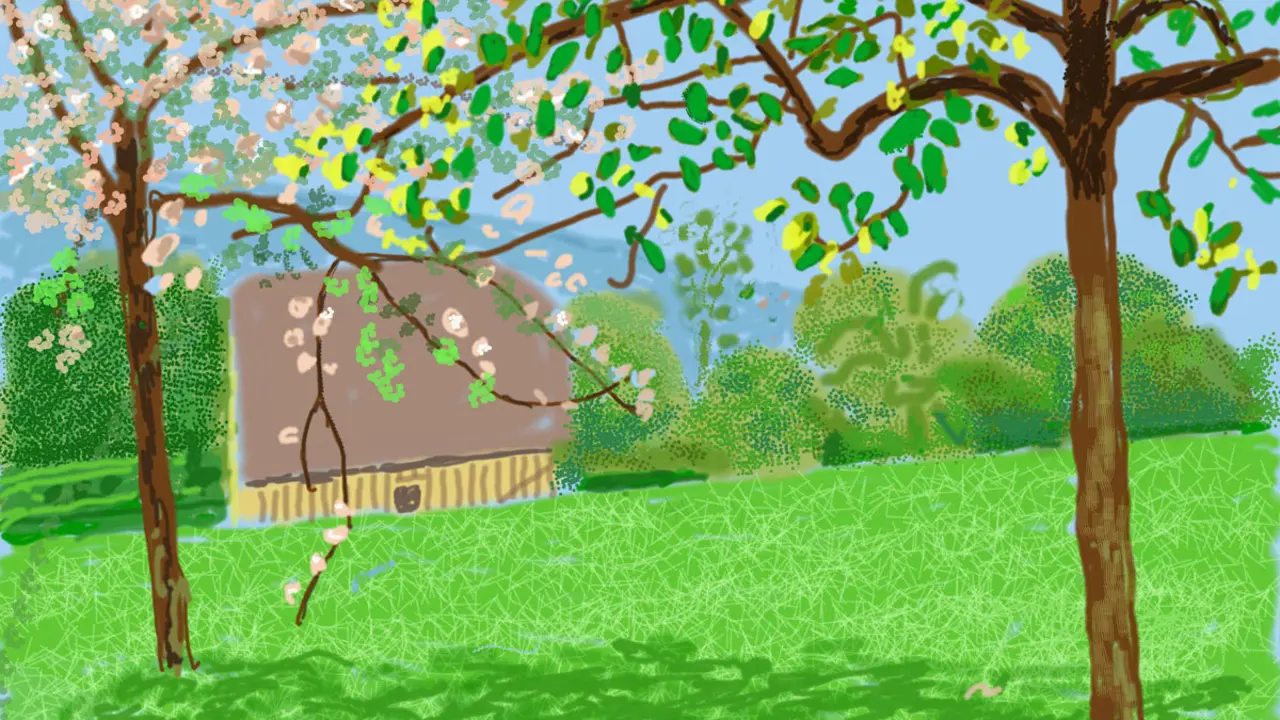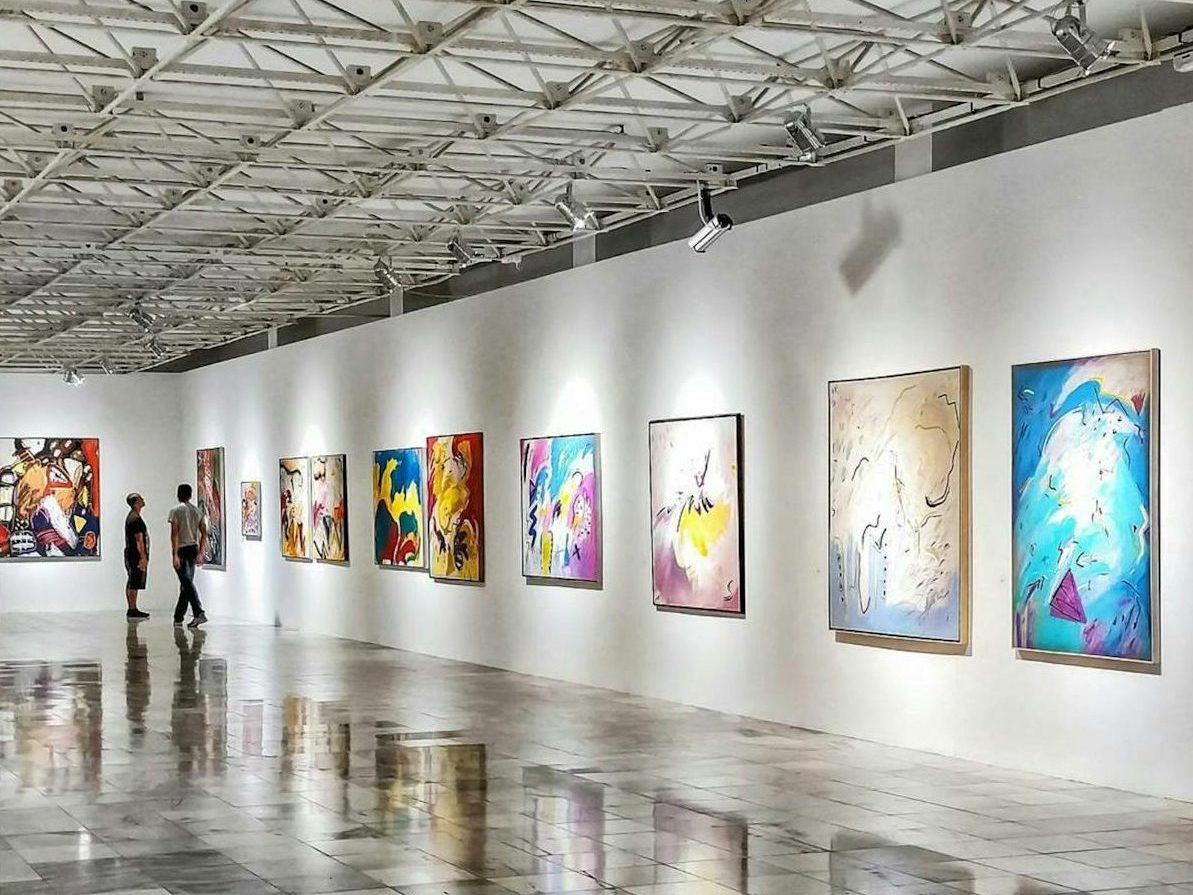
When you hear the word modern art, what usually comes to mind?
Do you think its innovative, unconventional, or maybe even controversial? Well, many tend to agree with such interpretations.
But basing the definition on art history, modern art is deeper than that.
It refers to a creative movement that began in the 19th century, marking a shift from traditional styles toward more abstract and experimental methods. This was incredibly exemplified by movements such as Cubism, Dadaism, Surrealism, and many others.
But in today’s world, especially considering the rise of technology, the definition of “modern” art may have evolved more than ever!
We’re not just using different shapes and expressing bolder concepts; but we’re also exploring a new medium, which is digital.
In this article, we will try to redefine what constitutes modern art and explore the impact of digital platforms altogether.
So without further ado, let’s begin!
What does modern art look like today?
The former definition of modern art once dismissed mainstream values and traditional techniques.
But now, there’s a growing appreciation for traditional art methods, with many artists blending them seamlessly with digital mediums to produce even more impactful creations.
True, criticisms still linger here and there, however, this approach is widely considered progressive and continues to be embraced by many people.
Perhaps, this also could very well be the new definition of modern art.
Artworks that combine traditional and digital techniques
Traditional techniques always carry a nostalgic charm, making them highly desirable. And with technology continuously advancing, it was only a matter of time before they merged.
Many artists today engage in this practice, and the result of their creative passion never fails to mesmerize.
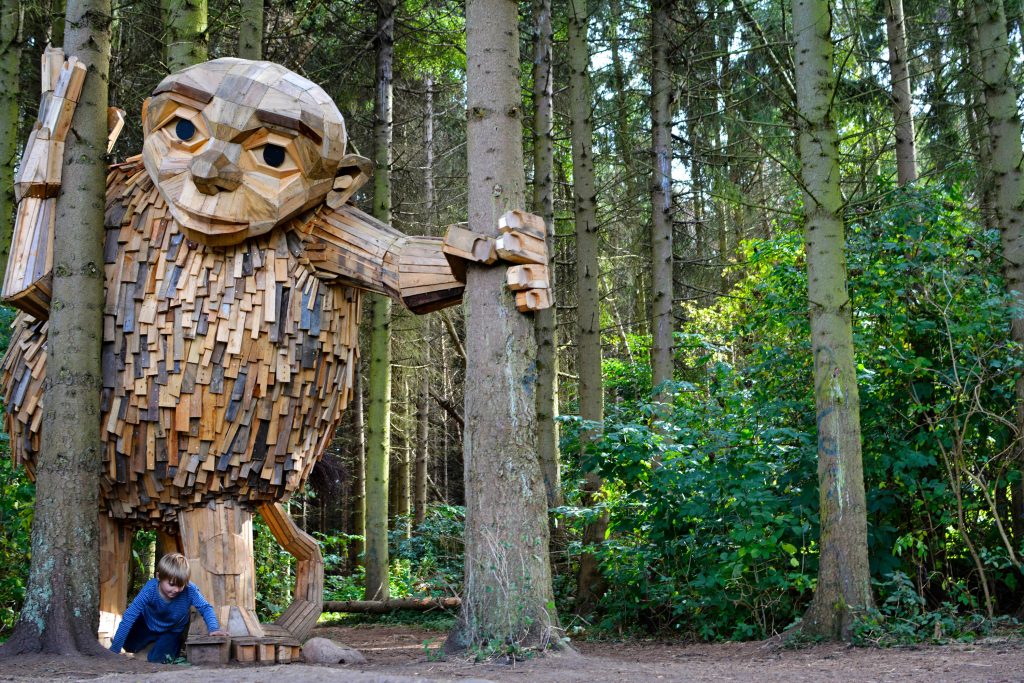
Take for example, “The Six Forgotten Giants” by Danish artist Thomas Dambo. In this project, Dambo and his team created massive sculptures of mythical creatures.
He combined traditional woodworking techniques with digital tools such as 3D modeling software to design and plan the sculptures.
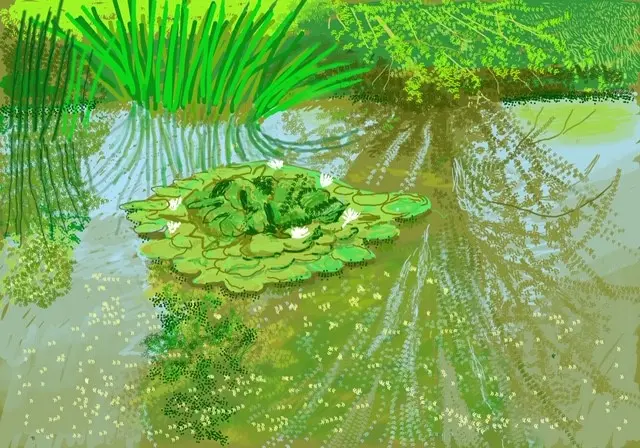
Another is the ever famous “iPad series” of David Hockney which was released during the peak of the pandemic in 2020.
He used the stylus to draw and paint, mimicking the gestures and techniques he would use with traditional brushes and pencils. This allowed him to maintain his signature style and artistic sensibility even while using technology.
How modern can modern art be?
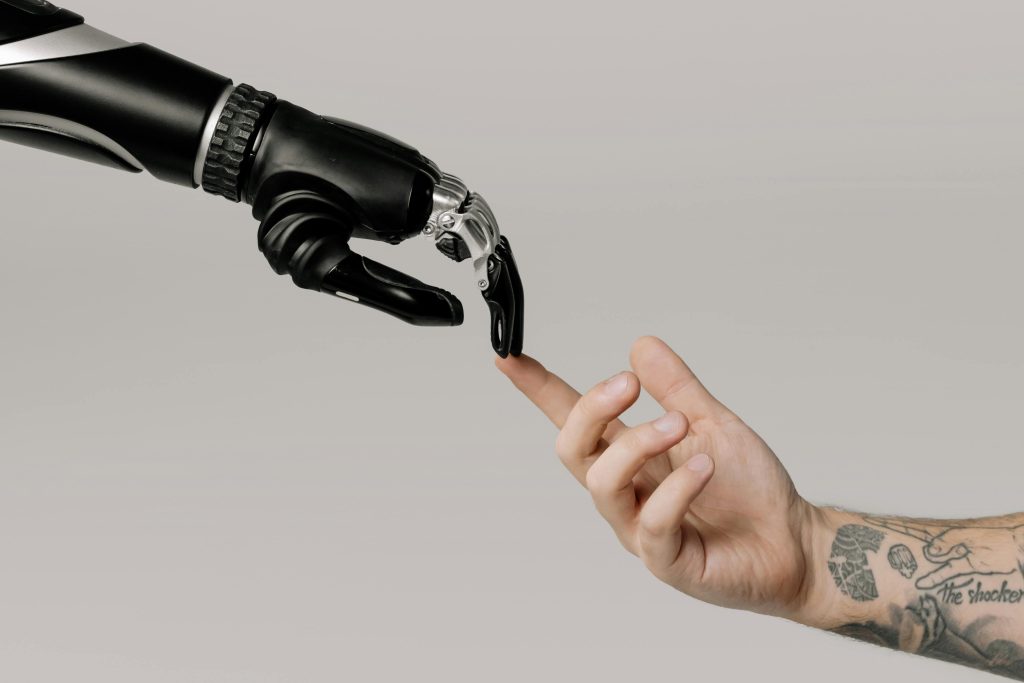
Aside from 3D modeling, vector illustrations, and other forms of digital art, there’s one that’s making the most significant change in the creative scene.
You’ve guessed it right.. it’s artificial intelligence, better known by its abbreviation, AI.
So how does AI exactly help create art? More importantly, how does it impact art in general?
First off, you should know that there are different tools and techniques artists use with AI to explore and expand their creativity.
Let’s try to discuss examples to get a a bit of an idea on how AI typically works:
Image Style Algorithms
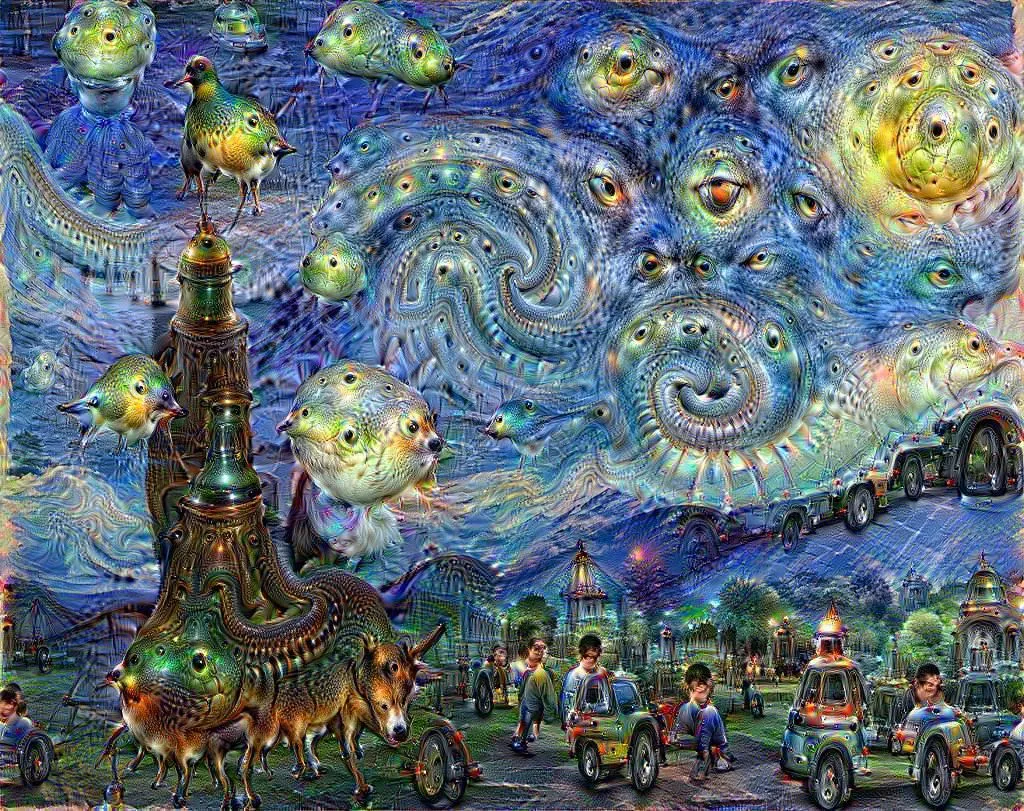
Starting off with image style algorithms, this type of AI can transform your photos into similar artistic styles of famous painters.
Basically, they do the job by analyzing the patterns and colors of your chosen style and applying them to your image, giving it a unique artistic touch.
The picture above is an example of this technique, an AI-generated art piece inspired by Vincent Van Gogh’s painting style, particularly “The Starry Night.”
Art Chatbots
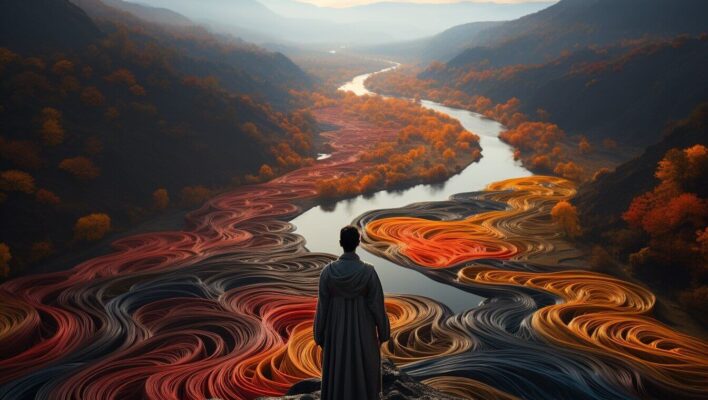
Another is the art chatbots, and what they do is create text, images, or sound based on your input as the user. You can let your imagination run wild and let AI transform your vision for you!
By collaborating with art chatbots, artists often find themselves to unexpected and innovative artwork.
While some worry about its perceived lack of soul, others embrace AI and its potential to introduce fresh ideas and voices into the art world.
Ultimately, it’s all a matter of personal preference! There are loads of AI innovations waiting to be explored, and you can discover more about them through resources like AIforEveryone. Feel free to try them out for yourself and see what suits you best.


